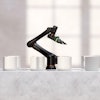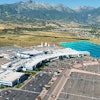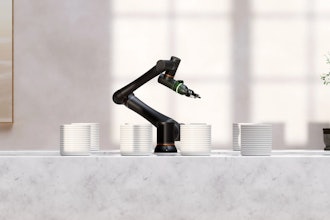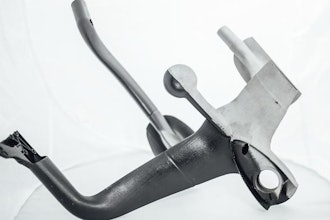Elizabeth Jameson and Catherine Monahon recently teamed up to offer an opinion piece in Wired detailing how driverless car technology could be a game-changer for those dependent on wheelchairs for mobility and independence.
The duo details how the technology could help the more than four million Americans confined to power wheelchairs – many of whom don’t have the use of their hands or arms to help control them.
This is where the work on self-driving wheelchairs by companies like Toronto-based Cyberworks could prove so critical.
Last summer the company unveiled an add-on module for power wheelchairs that gives them functionality similar to collaborative autonomous robotic vehicles used in many warehouses.
The module learns the layout of a building in allowing the wheelchair to autonomously navigate without user assistance.
In buildings where it has not been taught the layout, an interface allows the user to control the chair manually or in one of five autonomous modes dedicated to tasks like driving through doorways or long corridors, docking near a desk or table, or coming to the user’s bedside from its charger location.
The next step in evolving these chairs could be the implementation of cost-effective LIDAR systems that use cameras and lasers to build a highly detailed 3D map for real-time navigation. Kind of like Tug.
Tug, which is made by Aethon, uses LIDAR to navigate hospitals in performing tasks that often take nurses away from patient care. This can include delivering food, drugs or linens – even if they need to call an elevator and go to a different floor to get the supplies in question.
It even features pin-pad locked drawers so unauthorized users can’t get to drugs or painkillers. It’s also sensitive to humans and equipment as it stops or moves around anything or anyone who appears in its path.
While mainstream autonomous vehicle use might be decades away, it’s gratifying to see that the technology is already having a significant impact.






















